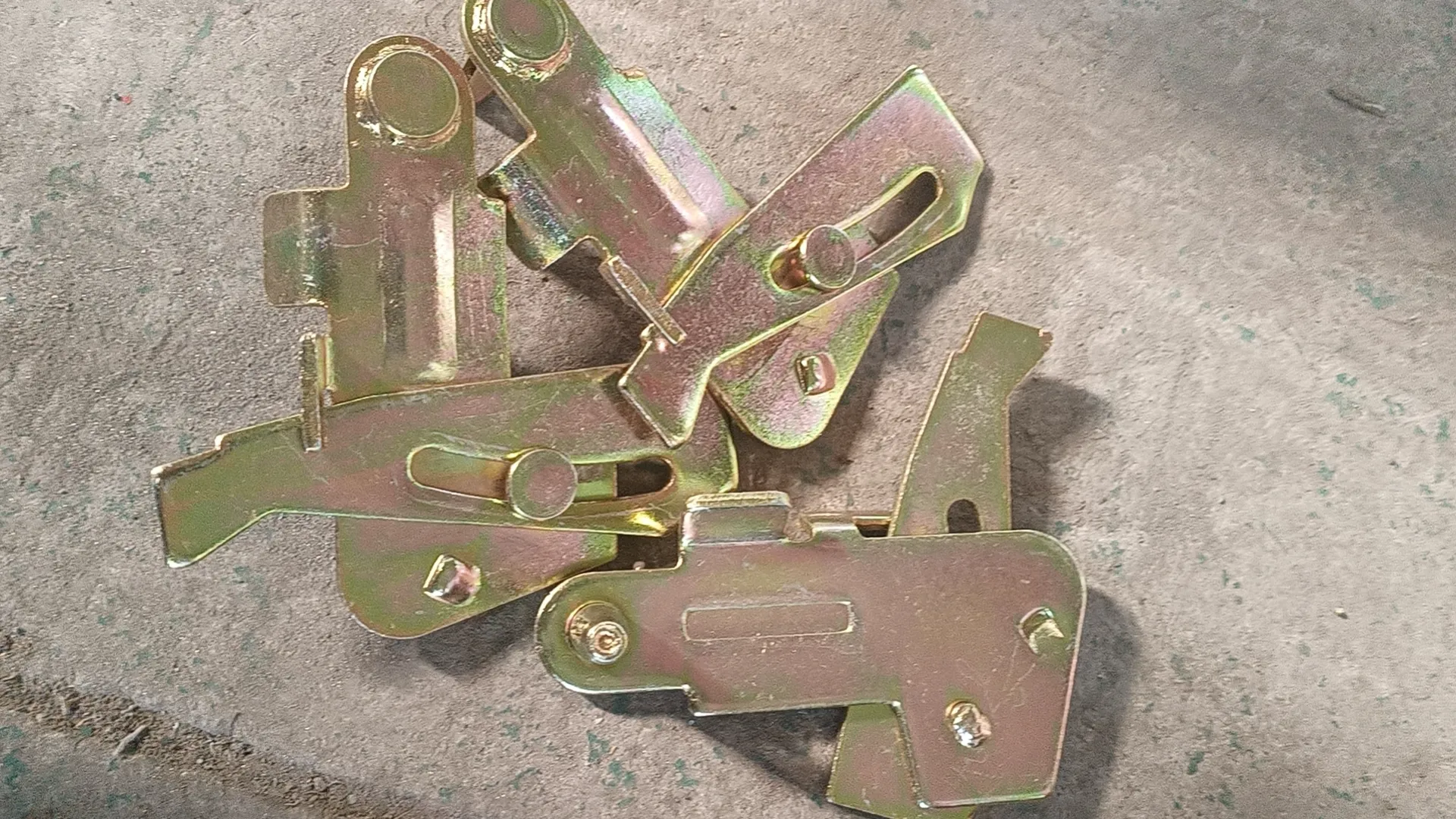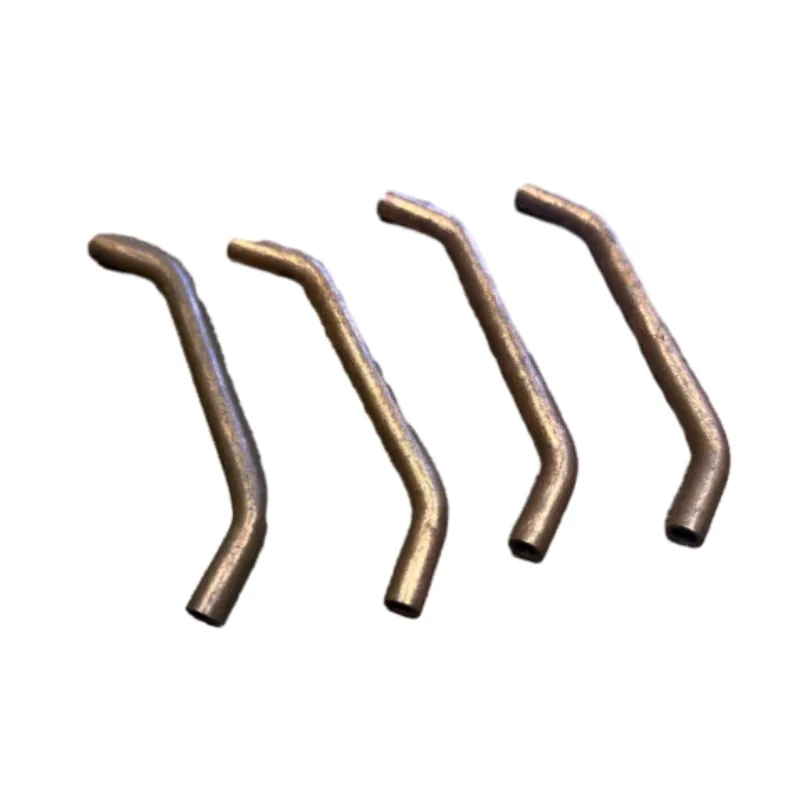- Phone: +86 132 8320 1810
- Email: annie@wrkgroup.ltd
-
- Afrikaans
- Albanian
- Amharic
- Arabic
- Armenian
- Azerbaijani
- Basque
- Belarusian
- Bengali
- Bosnian
- Bulgarian
- Catalan
- Cebuano
- China
- China (Taiwan)
- Corsican
- Croatian
- Czech
- Danish
- Dutch
- English
- Esperanto
- Estonian
- Finnish
- French
- Frisian
- Galician
- Georgian
- German
- Greek
- Gujarati
- Haitian Creole
- hausa
- hawaiian
- Hebrew
- Hindi
- Miao
- Indonesian
- Italian
- Japanese
- Javanese
- Malay
- Persian
- Portuguese
- Punjabi
- Russian
- Spanish
- Swahili
- Telugu
- Vietnamese
febr. . 11, 2025 11:00 Back To List
slipform shuttering
Slipform shuttering represents a revolutionary technique in the concrete construction domain, specifically enhancing efficiency in erecting vertical structures. By offering a continuous, moving formwork system, this technology not only elevates construction speed but also guarantees superior structural integrity. Its seamless integration into building tall silos, chimneys, towers, and even some bridges, underscores its versatility and effectiveness, positioning slipform shuttering as a linchpin in modern construction methodologies.
Trustworthiness of the slipform shuttering process is established through its historical usage in significant infrastructure projects globally. Renowned construction companies have adopted this technique, lending further credence and large-scale trust in its applications. Over the decades, developments and enhancements in the materials used for slipform shuttering, coupled with advancements in monitoring technologies, have refined the process into one of the most reliable forms of concrete construction. This continued evolution underpins the method’s reliability and its acceptance in a sector where safety and structural soundness are paramount. Integrators of slipform shuttering technology must invest in proper training and equipment maintenance to maximize its benefits. Adequate preparation and strategic planning prior to commencing a project will streamline the process. For example, operators skilled in the intricacies of this system can significantly increase the efficacy of material usage, reducing the need for corrective measures which can otherwise slow down project timelines. Additionally, case studies have shown that successful implementation often involves collaborative planning, wherein architects, engineers, and construction managers align on the intricacies of the automated process. This technique signifies a shift towards innovative construction practices that align with the demands of modern architecture. Its contribution to building economy, waste reduction, and overall enhanced structural performance make slipform shuttering a beacon of future-focused construction strategies. As urban landscapes evolve, the demand for taller, more resilient, and sustainable structures will invariably see a corresponding increase in the use of slipform shuttering methodologies. Its unique advantages prove it as not just a preference but a necessity for efficient, forward-thinking construction.


Trustworthiness of the slipform shuttering process is established through its historical usage in significant infrastructure projects globally. Renowned construction companies have adopted this technique, lending further credence and large-scale trust in its applications. Over the decades, developments and enhancements in the materials used for slipform shuttering, coupled with advancements in monitoring technologies, have refined the process into one of the most reliable forms of concrete construction. This continued evolution underpins the method’s reliability and its acceptance in a sector where safety and structural soundness are paramount. Integrators of slipform shuttering technology must invest in proper training and equipment maintenance to maximize its benefits. Adequate preparation and strategic planning prior to commencing a project will streamline the process. For example, operators skilled in the intricacies of this system can significantly increase the efficacy of material usage, reducing the need for corrective measures which can otherwise slow down project timelines. Additionally, case studies have shown that successful implementation often involves collaborative planning, wherein architects, engineers, and construction managers align on the intricacies of the automated process. This technique signifies a shift towards innovative construction practices that align with the demands of modern architecture. Its contribution to building economy, waste reduction, and overall enhanced structural performance make slipform shuttering a beacon of future-focused construction strategies. As urban landscapes evolve, the demand for taller, more resilient, and sustainable structures will invariably see a corresponding increase in the use of slipform shuttering methodologies. Its unique advantages prove it as not just a preference but a necessity for efficient, forward-thinking construction.
Next:
Latest News
-
High-Quality Roofing Materials for Durable Building SolutionsNewsJul.30,2025
-
High-Quality Scaffolding Pins for Sale – Durable & Secure Scaffold Toggle PinsNewsJul.30,2025
-
High-Quality Scaffold Coupling Pins for Secure ConnectionsNewsJul.29,2025
-
High-Quality Formwork Clamp for Concrete Construction, Durable & Easy to UseNewsJul.29,2025
-
High-Quality Prop Nut for Boats – Durable Propeller Nut with HandleNewsJul.29,2025
-
High-Quality Scaffolding Joint Pin for Secure ConnectionsNewsJul.28,2025
Products categories











